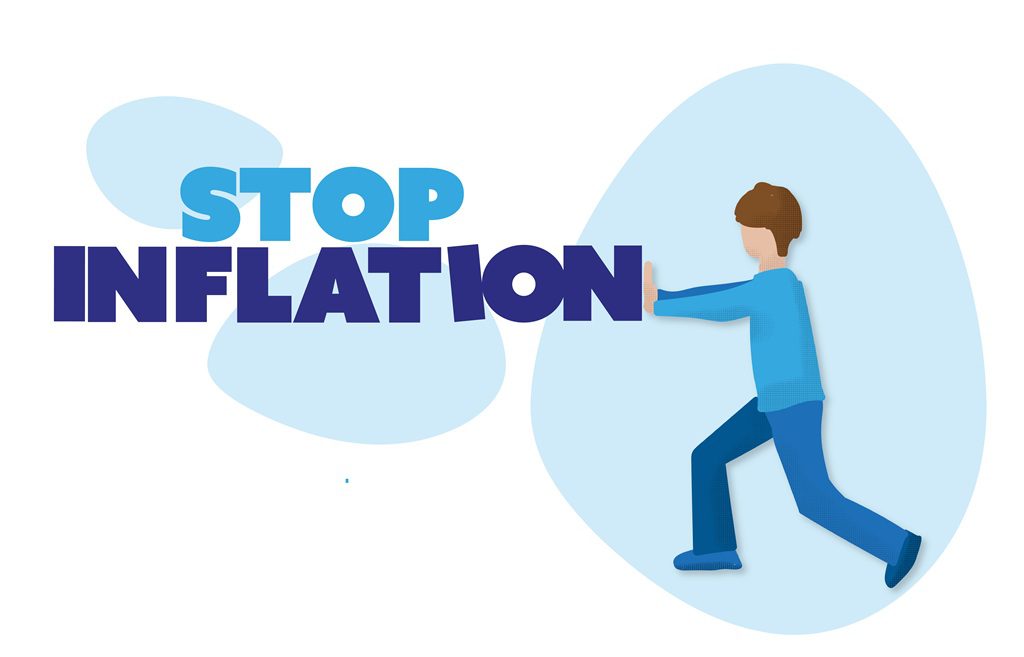The financial landscape of 2025 is a complex tapestry, with inflation continuing to be a dominant thread. While some regions anticipate a return to target levels, others grapple with persistent price pressures and the ever-present shadow of geopolitical instability. For savvy investors, understanding this “inflation rollercoaster” and implementing strategic defenses is paramount to safeguarding and growing wealth.
The Current Inflationary Climate: A Mixed Bag
Globally, the inflation picture is nuanced. In the Euro area, for example, headline inflation is projected to meet the European Central Bank’s target by mid-2025, with a broader easing anticipated by 2026. This disinflationary trend is partly attributed to lower energy commodity prices and competitive pressures stemming from shifting global trade dynamics. Similarly, Bangladesh’s central bank governor is optimistic, forecasting a significant drop in inflation to 5% by the end of 2025, moving towards a 3-4% target in line with major economies like India and the US.
However, the United States presents a more cautious outlook. While inflation has eased, the Federal Reserve maintains a “wait-and-see” stance on interest rate cuts, signaling a high bar for further easing, especially amidst concerns about the potential inflationary impact of new tariffs. The interplay of these varying regional trajectories creates both challenges and opportunities for investors.
Interest Rates: The Central Bank’s Lever
Central banks worldwide are navigating a delicate balance. Higher interest rates have been a primary tool to curb inflation, and their impact is evident in the slowing of price rises in many regions. However, the path forward for interest rates remains uncertain. While the Euro area has seen some cuts, the US Federal Reserve is treading carefully. Investors must closely monitor central bank communications and economic data, as interest rate decisions directly influence borrowing costs, corporate profitability, and the attractiveness of various asset classes.
Geopolitical Winds: The Unpredictable Element
Beyond economic fundamentals, geopolitical tensions continue to cast a long shadow over inflation. Trade tensions, particularly between the US, China, and the EU, are a significant concern. Tariffs, while intended to protect domestic industries, can lead to higher import costs, supply chain disruptions, and ultimately, upward pressure on consumer prices. The ongoing volatility stemming from these geopolitical factors demands a flexible and adaptive investment approach.
Strategies for the Inflation Rollercoaster: How to Protect and Grow Your Portfolio
In this dynamic environment, a robust investment strategy is crucial. Here’s how investors can navigate the inflation rollercoaster in 2025:
- Focus on Inflation-Resistant Sectors: Not all industries are equally vulnerable to inflation. Consider allocating to sectors that can pass on increased costs to consumers or benefit from rising prices. This includes:
- Energy and Commodities: Historically, these sectors perform well during inflationary periods. With ongoing global uncertainties, this trend may continue.
- Consumer Staples: Companies providing essential goods and services often maintain steady demand regardless of price increases, offering stability.
- Healthcare: As a non-discretionary sector with ongoing demand, healthcare can show resilience.
- Prioritize Companies with Pricing Power: Seek out companies that possess strong brand loyalty or operate in industries with limited competition, allowing them to raise prices without significant loss of market share. This “pricing power” helps them maintain profitability even as their own costs rise. Look for consistent or expanding gross margins as an indicator.
- Diversify with Real Assets: Real assets tend to hold or even appreciate in value during inflationary times:
- Real Estate: Property values and rental income often rise with inflation. Real Estate Investment Trusts (REITs) offer an accessible way to invest in this sector, particularly in high-demand areas like multifamily and logistics.
- Gold: Gold has historically served as a hedge against inflation and geopolitical uncertainty, offering a store of value. It’s an excellent option for short-term inflation surprises.
- Commodities: Investing directly or through ETFs in raw materials like oil, agricultural products, and metals can provide a direct hedge against rising input costs.
- Consider Treasury Inflation-Protected Securities (TIPS): TIPS are U.S. government bonds designed to protect investors from inflation. Their principal value adjusts with the Consumer Price Index (CPI), ensuring your investment grows in line with inflation and preserves purchasing power.
- Look for Dividend-Paying Stocks: Companies that consistently pay and increase dividends often demonstrate financial strength and resilience. These income streams can help offset the eroding effects of inflation on purchasing power.
- Explore Small-Cap Stocks Strategically: While higher risk, small-cap stocks can offer attractive valuations during certain periods. Focus on companies with strong balance sheets and exposure to domestic markets, as they may be less impacted by global trade tariffs.
- Rebalance Your Portfolio: Regularly revisit your asset allocation. A portfolio heavily weighted in cash or low-yield bonds can be vulnerable to inflation’s corrosive effects. Adjust your mix to include more inflation-resistant assets while maintaining overall diversification.
The Road Ahead
The inflation rollercoaster of 2025 demands vigilance, adaptability, and a well-thought-out investment strategy. By understanding the forces at play – from central bank policies and global trade dynamics to technological advancements and evolving consumer behavior – investors can position themselves not just to weather the inflationary storms, but to potentially capitalize on the opportunities that emerge. Consulting with a financial advisor can provide personalized guidance to tailor these strategies to your specific financial goals and risk tolerance.

